Slow cooking is a beloved method of preparing flavorful, tender dishes with minimal effort, but what if you don’t have a dedicated slow cooker? Fear not! There are plenty of alternative methods for achieving the same delicious results without the need for specialized equipment.
From using your oven to utilizing stovetop simmering or even employing a pressure cooker in slow cook mode, there are numerous ways to slow cook without a slow cooker.
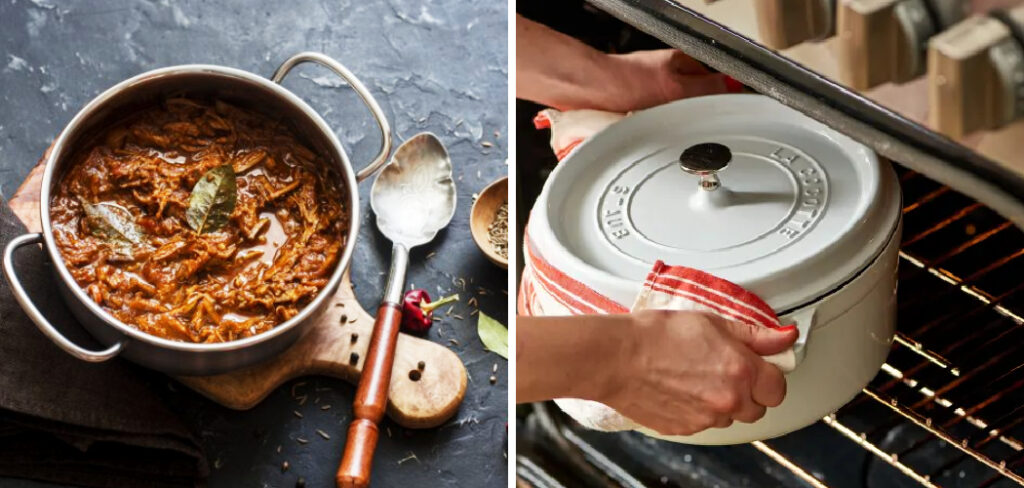
In this article, we’ll explore how to slow cook without a slow cooker, providing you with the knowledge and techniques to enjoy the convenience and taste of slow-cooked meals using tools you likely already have in your kitchen.
Whether you’re craving hearty stews, tender roasts, or flavorful braises, you’ll discover how to achieve mouthwatering results without the need for a dedicated slow cooker.
Understanding Slow Cooking Techniques
Slow cooking is more than just a method; it’s an art form that brings out the best in your ingredients, allowing flavors to meld and meats to become fork-tender over extended periods. At its core, slow cooking involves cooking food at low temperatures for several hours, which differs significantly from traditional cooking methods that use higher heat for shorter times.
This approach not only tenderizes tougher cuts of meat but also allows for deep, complex flavor development that can’t be achieved through quick cooking techniques. When not using a slow cooker, the key is to replicate the gentle, consistent heat it provides.
This can be done in several ways, such as using a tightly covered pot in an oven set to a low temperature, or maintaining a low simmer on a stovetop with a diffuser to distribute the heat evenly. Understanding these principles is the first step towards mastering the art of slow cooking without a dedicated slow cooker.
The Principles Behind Slow Cooking
The essence of slow cooking lies in the gentle and prolonged application of heat, which transforms the food’s texture and flavor in ways that intense, rapid cooking cannot.
The key principles that underpin this cooking method are low temperature, consistent heat, and extended cooking time.
These principles work synergistically to break down the fibrous tissues in meats, making them tender and flavorful, while also allowing spices and herbs to infuse the dish deeply.
Slow cooking at low temperatures prevents the loss of moisture through evaporation, ensuring that the food remains juicy and succulent. This method is particularly effective for tougher cuts of meat, which benefit from long cook times to become tender.
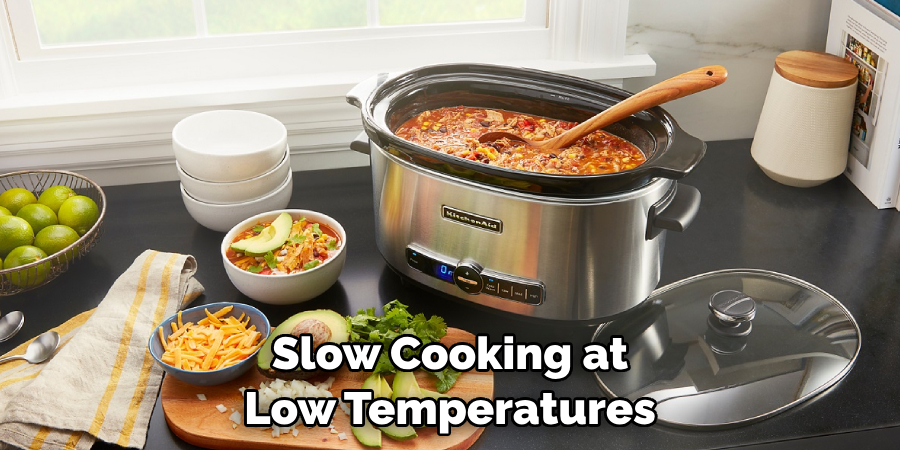
Vegetables cooked slowly meld their flavors with the rest of the dish, creating a harmonized and layered taste profile. Additionally, this approach to cooking is energy efficient and forgiving, allowing for a more flexible schedule.
By understanding and applying these principles, even without a traditional slow cooker, you can create dishes that are rich in flavor, texture, and aroma, making every meal a testament to the art of slow cooking.
Traditional Slow Cooking Methods
While modern kitchens often feature an array of gadgets designed to simplify cooking, there’s a rich history of traditional slow cooking methods that have been perfected over generations.
Among the most enduring techniques is the use of a Dutch oven, a heavy, thick-walled pot typically made of cast iron that’s well suited for both stovetop simmering and oven braising.
A Dutch oven can retain heat remarkably well, distributing it evenly and making it an ideal alternative for slow cooking. Another age-old method involves the use of clay pots, such as terracotta, which provide gentle and even heat conduction, perfect for slow-roasting meats and vegetables.
Additionally, the practice of using a bain-marie, or water bath, can be adapted for slow cooking delicate dishes that require consistent, low-temperature heat without direct exposure to flame.
These traditional methods, while differing in specifics, all rely on the slow, low-temperature cooking principles that define slow cooking. By incorporating these techniques into your culinary repertoire, you can achieve the depth of flavor and tenderness associated with slow-cooked dishes without the need for modern electronic slow cookers.
Importance of Low and Slow Cooking
The strategy of cooking at low temperatures over an extended period, commonly referred to as “low and slow” cooking, holds significant importance in culinary practices for a number of reasons. Firstly, this method enhances the texture and flavor of food.
By cooking slowly, tough fibers in meat break down into a tender, more palatable form, while the risk of drying out or burning is minimized. This gentle cooking process allows flavors to develop and meld together in a harmonious and richly layered culinary creation.
Furthermore, low and slow cooking is incredibly forgiving, making it ideal for novice cooks or those with busy schedules. It’s less likely that food will be overcooked or spoiled, as the margin for error is much wider than with high-heat methods.
This method also proves to be more nutritious, as cooking at lower temperatures helps to retain the vitamins and minerals that higher temperatures can destroy.
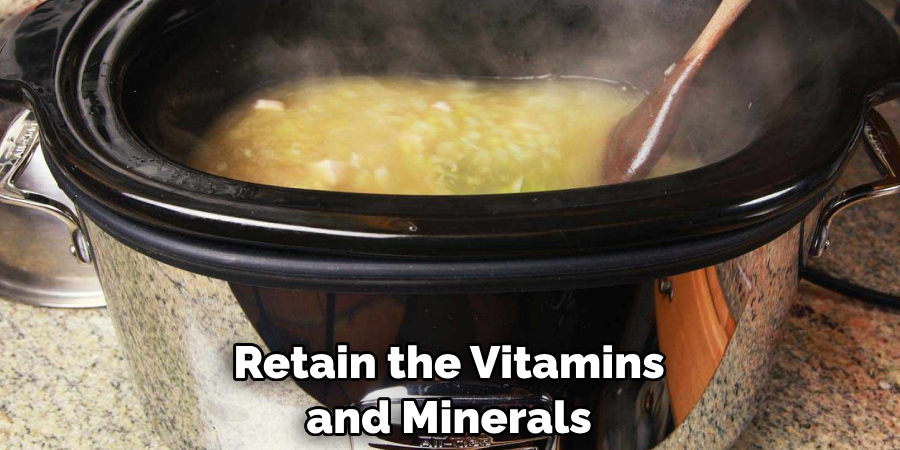
Additionally, the low and slow technique is more energy-efficient, as it typically requires less electricity or gas than cooking at high heats for shorter periods.
Understanding and mastering the importance of the low and slow cooking principle allows for the creation of deeply flavorful, nutritious, and tender dishes that would be difficult to achieve through any other method.
10 Methods How to Slow Cook without a Slow Cooker
1. Oven Slow Cooking:
One of the easiest ways to slow cook without a slow cooker is to use your oven. Simply preheat your oven to a low temperature, typically around 200-250°F (95-120°C), and place your ingredients in an oven-safe pot or Dutch oven with a tight-fitting lid.
Cover the pot and cook the dish in the oven for several hours, allowing the low heat to slowly tenderize the ingredients and develop rich flavors. This method is ideal for dishes like braised meats, stews, and casseroles.
2. Stovetop Simmering:
Another alternative to slow cooking with a slow cooker is to simmer your dish on the stovetop over low heat. Use a heavy-bottomed pot or Dutch oven with a tight-fitting lid, and place it on the stove over the lowest heat setting.
Allow the ingredients to simmer gently, stirring occasionally, until they are tender and flavorful. This method works well for soups, sauces, and beans, and it allows you to monitor the cooking process more closely than with an oven or slow cooker.
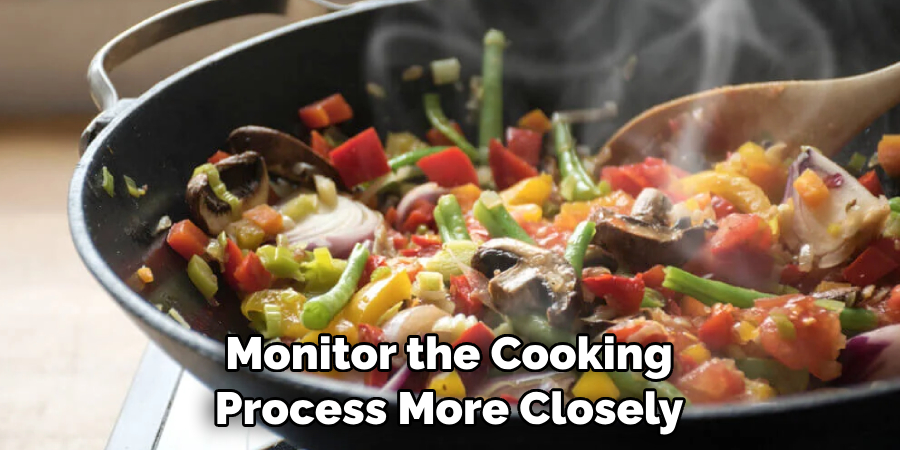
3. Pressure Cooker Slow Cook Mode:
Many modern pressure cookers come equipped with a slow cook mode, allowing you to achieve the same results as a traditional slow cooker in a fraction of the time.
Simply add your ingredients to the pressure cooker pot, select the slow cook setting, and adjust the temperature and cooking time as needed. The pressure cooker will maintain a low, steady temperature, slowly cooking your dish to perfection. This method is perfect for busy days when you want the convenience of slow cooking without the long wait.
4. Crockpot Alternative:
If you don’t have a traditional slow cooker, you can still achieve similar results using alternative appliances such as a large electric roaster or a multicooker with a slow cook function.
These appliances operate similarly to a slow cooker but offer additional features and capacities. Simply follow the same recipes and cooking times as you would with a slow cooker, adjusting as needed to accommodate the size and power of your appliance.
5. Use a Thermos or Insulated Container:
For ultra-slow cooking without any heat source, consider using a well-insulated container such as a thermos or a vacuum-insulated pot. Start by heating your ingredients to a boil on the stovetop, then transfer them to the insulated container and seal tightly.
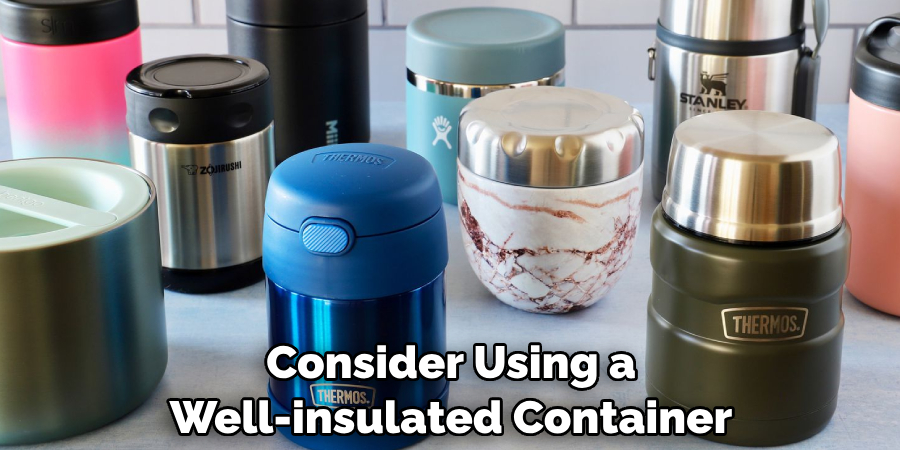
The residual heat will continue to slowly cook the ingredients over several hours, resulting in tender, flavorful dishes without any additional energy input. This method works well for dishes like oatmeal, soups, and stews. However, it’s important to ensure that your ingredients are kept at a safe temperature throughout the cooking process.
6. Solar Cooking:
If you’re feeling adventurous, you can try slow cooking using solar power. Solar cookers harness the energy of the sun to heat and cook food gradually over several hours.
Simply place your ingredients in a solar cooker or homemade solar oven, position it in direct sunlight, and let nature do the rest. While solar cooking may take longer than other methods, it’s a sustainable and eco-friendly way to slow cook without using electricity or gas.
7. Use a Rice Cooker:
While rice cookers are typically used for cooking rice, many models also feature a “keep warm” or “extended cook” setting that can be used for slow cooking. Simply add your ingredients to the rice cooker pot, select the appropriate setting, and let the cooker do the rest.
While not as versatile as a traditional slow cooker, a rice cooker can still be used to make dishes like soups, stews, and even desserts with minimal effort.
8. Fireless Cooking:
Fireless cooking, also known as retained heat cooking, is a traditional method that uses stored heat to slowly cook food over several hours. Start by heating your ingredients to a boil on the stovetop, then transfer them to a well-insulated container such as a haybox cooker or Wonderbag.
Seal the container tightly and let the residual heat continue to cook the food slowly over several hours. This method is ideal for dishes that require long, slow cooking times, such as braises, stews, and beans.
9. Use a Dutch Oven:
A Dutch oven is a versatile cooking vessel that can be used for both stovetop and oven cooking. To slow cook with a Dutch oven, simply place your ingredients in the pot, cover with a tight-fitting lid, and cook in the oven at a low temperature (around 200-250°F or 95-120°C) for several hours.
The heavy construction and tight seal of the Dutch oven help to trap heat and moisture, resulting in tender, flavorful dishes. This method is perfect for recipes like pot roasts, braises, and baked beans.
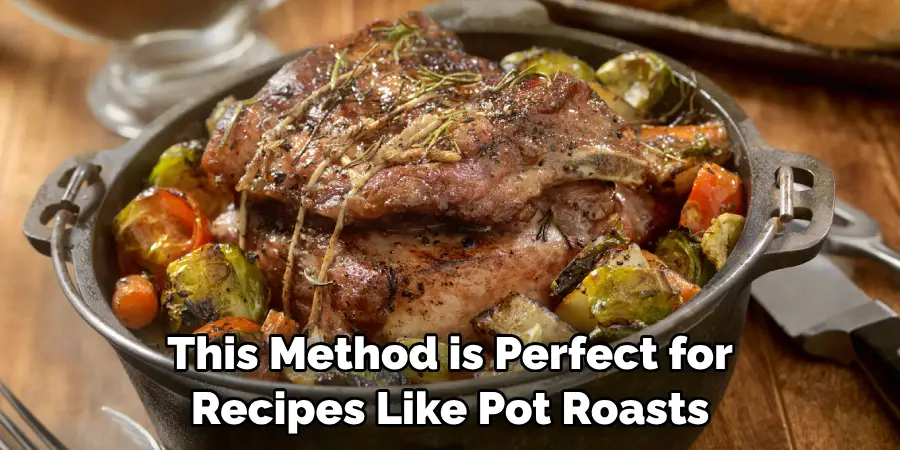
10. Overnight Cooking:
For ultimate convenience, consider preparing your slow cooker meal the night before and cooking it overnight while you sleep. Simply assemble your ingredients in the slow cooker pot, cover with a tight-fitting lid, and set the cooker to low heat.
The long, slow cooking time allows the flavors to develop and the ingredients to become tender and delicious by morning. Wake up to a hot, ready-to-eat meal with minimal effort required. This method is perfect for busy weekdays or weekends when you want a hearty meal without the hassle of cooking during the day.
Choosing the right cooking vessel is key to successful slow cooking without a traditional slow cooker. When selecting a pot or container, consider the following criteria to ensure optimal results:
- Material: Look for heavy-duty materials such as cast iron or ceramic, which retain heat well and distribute it evenly. These materials are ideal for slow cooking, as they help to maintain a constant temperature and prevent hot spots that could cause burning.
- Size: Choose a size appropriate for the quantity of food you’re cooking. A pot that’s too large for your dish can lead to dry, overcooked meals, while one that’s too small may not allow for proper heat circulation and even cooking.
- Lid Fit: Ensure the lid fits tightly to prevent moisture from escaping. A snug lid helps to keep the cooking environment moist and can reduce the need for adding extra liquid during the cooking process.
- Oven/Stovetop Compatibility: If you plan to use the oven or stovetop for your slow cooking, verify that your cooking vessel is compatible. Some materials, such as certain types of ceramic or glass, may not be suitable for high heat or direct flame.
- Versatility: Consider vessels that offer versatility, such as Dutch ovens, which can be used for a variety of cooking methods including baking, roasting, and simmering. This can make your investment more worthwhile, allowing you to use the pot for multiple purposes beyond slow cooking.
Selecting the appropriate cooking vessel not only influences the cooking process but also contributes to the flavor and texture of the finished dish. With the right pot or container, you can achieve delicious slow-cooked meals without the need for specialized appliances.
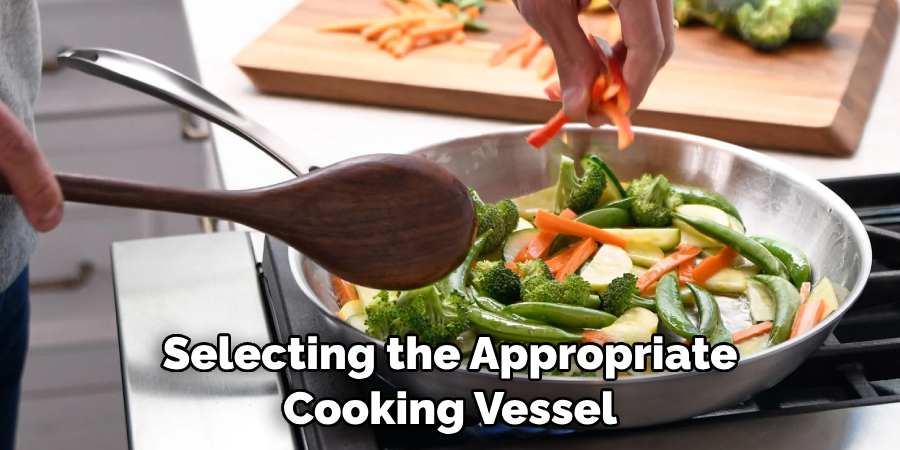
Advantages and Limitations of Different Cooking Vessels
Exploring the advantages and limitations of various cooking vessels reveals that each has unique qualities catering to specific cooking needs. The Dutch oven, for instance, excels in heat retention and distribution, making it superb for even cooking.
Its heavy lid seals in moisture, ensuring dishes are tender and flavorful. However, its weight and the need for seasoning cast iron variants may deter some users.
Thermos or insulated containers offer an energy-efficient option, allowing food to cook without an external heat source once preheated. This method is excellent for energy conservation and cooking on the go, though it’s limited to dishes that cook well with retained heat, potentially affecting versatility.
Rice cookers, while mainly intended for rice, provide a “set and forget” convenience for a variety of dishes with their “keep warm” features. Their limitation lies in capacity and the inability to adjust temperatures for more complex cooking requirements.
Solar cooking stands out for its eco-friendliness, using renewable energy to cook food. The primary constraints are its dependence on sunny weather for efficiency and longer cooking times compared to conventional methods.
Fireless cooking or retained heat cooking offers a low-tech, energy-saving cooking method, ideal for long, slow cooking times. However, it requires initial high heat preparation, and the insulating containers can be bulky and consume considerable kitchen space.
Using an oven or stovetop-compatible vessel like a Dutch oven provides versatility across cooking methods but may require significant energy use for prolonged cooking. Additionally, oven space may be at a premium during meal preparation, limiting the ability to use this method for slow cooking.
Each vessel has unique benefits tailored to different cooking styles and needs, but also comes with inherent limitations that may influence their suitability for every cook’s preferences or the specific dish being prepared.
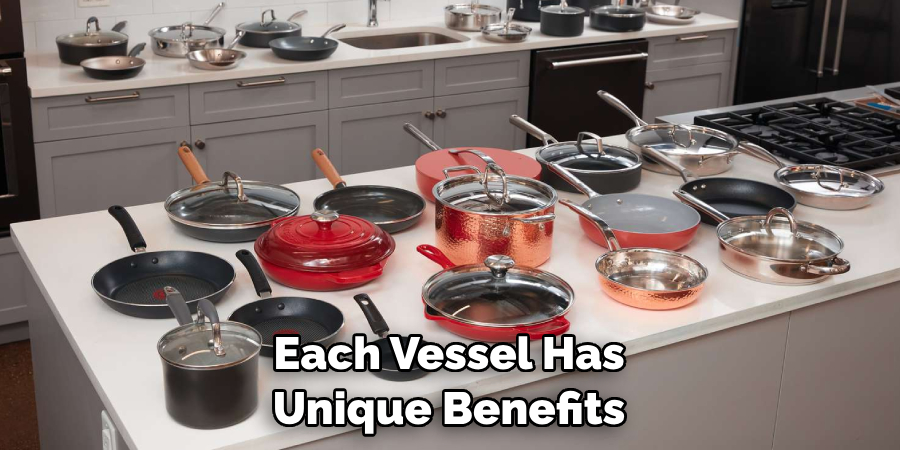
Conclusion
In conclusion, mastering the art of slow cooking without a slow cooker opens up a world of culinary possibilities, allowing for versatility in cooking methods and expanding one’s culinary repertoire.
By understanding the principles of slow cooking and exploring alternative methods such as oven braising, stovetop simmering, and outdoor smoking, individuals can achieve tender, flavorful dishes without the need for specialized equipment.
With the right cooking vessel, proper techniques, and attention to detail, anyone can create delicious slow-cooked meals that rival those made in traditional slow cookers.
Whether it’s a comforting stew, succulent roast, or flavorful barbecue, the techniques and tips outlined in this guide empower home cooks to slow cook with confidence and creativity. Thanks for reading, and we hope this has given you some inspiration on how to slow cook without a slow cooker!
Professional Focus
Angela Ervin, a former interior designer turned blogger, specializes in kitchen design and renovations. Through her website, she blends her passion for cooking with design expertise, sharing practical and creative ideas. Known for balancing functionality and beauty, Angela’s insightful content has made her a trusted voice in home design and lifestyle.
About the Author
Angela Ervin, an experienced interior designer and blogger, combines her passion for kitchen renovations with storytelling. Living in Petersburg with her family, she enjoys cooking and testing her projects firsthand. Known for her humor and relatable style, Angela shares creative, functional design insights through her content, making her a trusted voice in home design.
Education History
University: Virginia Commonwealth University
Degree: Bachelor of Fine Arts (BFA) in Interior Design
- Angela’s education at VCU focused on mastering core interior design principles, including spatial planning, color theory, materials selection, and sustainable design practices.
- She gained hands-on experience through studio projects and collaborative design exercises, which honed her ability to create functional and aesthetically pleasing environments.
- Her coursework also emphasized problem-solving and practical applications of design, preparing her for real-world projects like her self-directed kitchen renovations.
- The program’s strong foundation in both technical skills and creative expression shaped Angela’s ability to seamlessly integrate form and function in her work.


